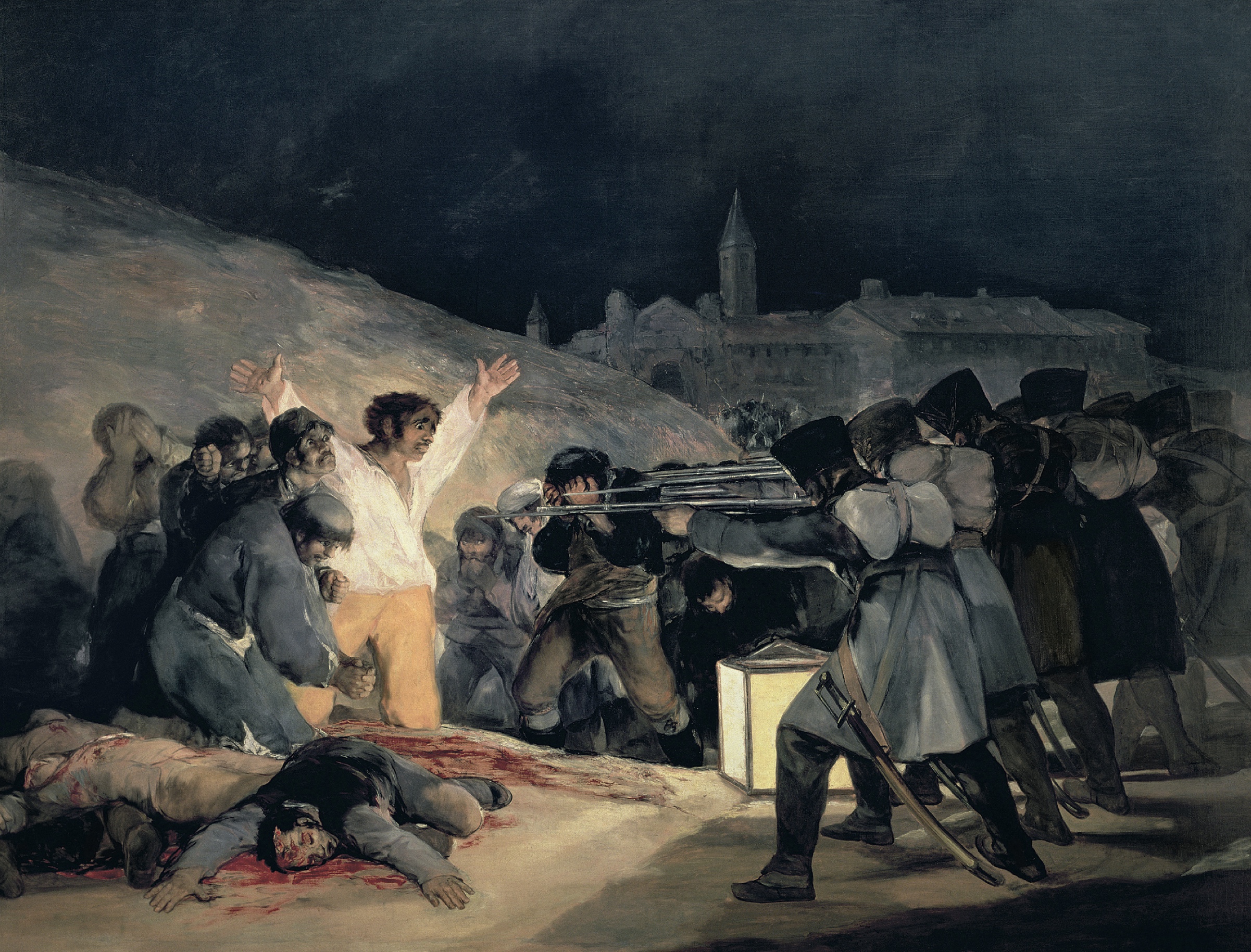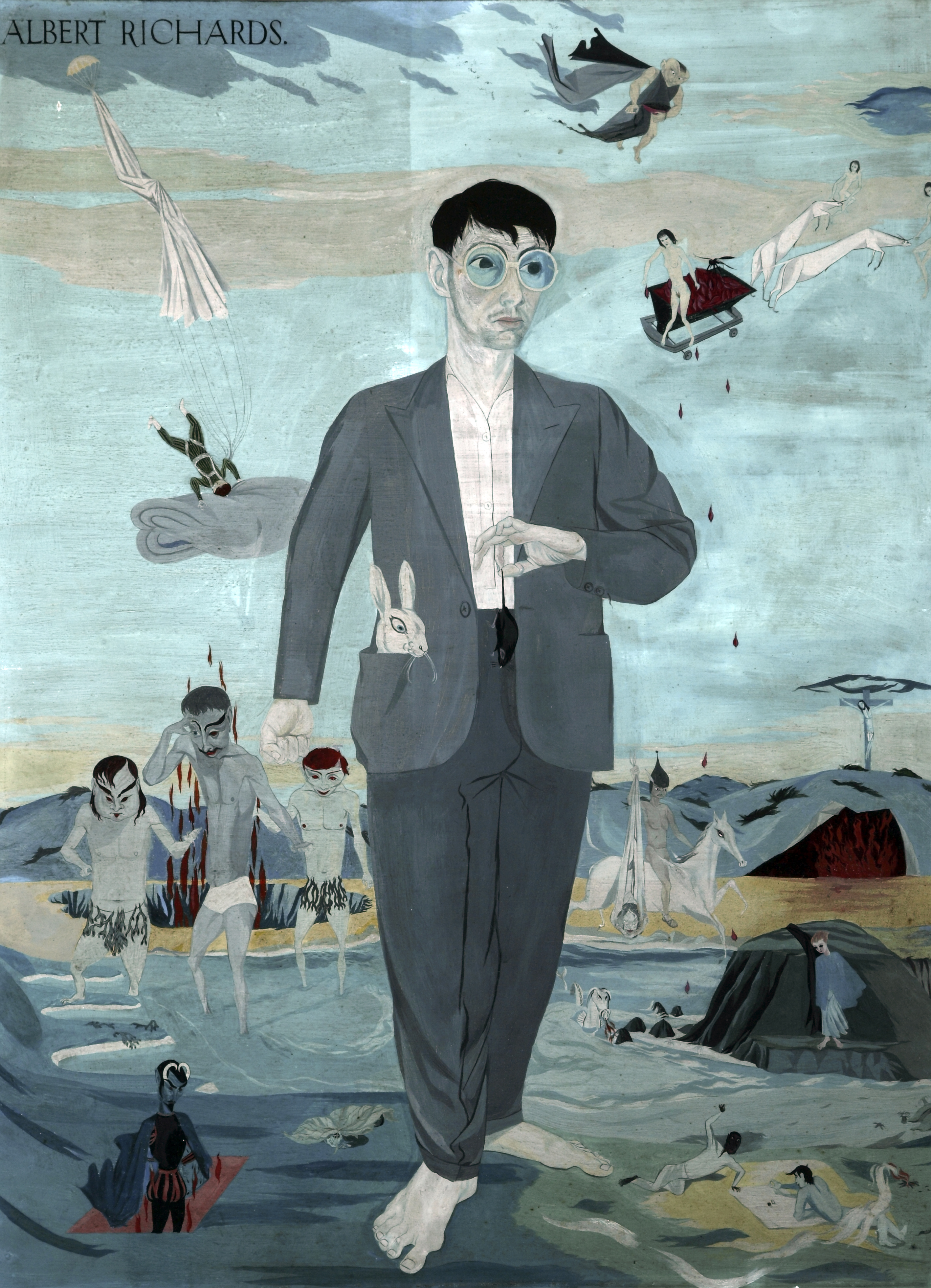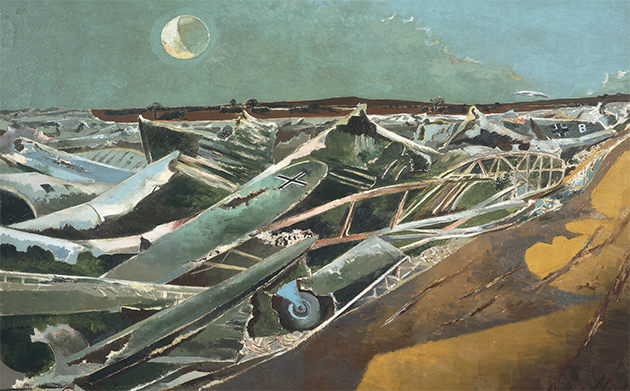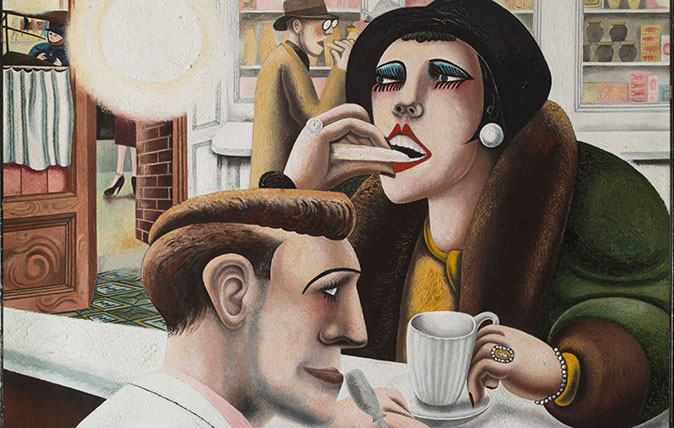My favourite painting: Allan Mallinson
Military historian Allan Mallinson picks an image of 'faith, generosity and ultimate sacrifice'.


Allan Mallinson on 'The Last General Absolution of the Munsters at Rue du Bois' by Fortunino Matania
'The men in this painting were regulars of the 2nd Battalion, Royal Munster Fusiliers, many of them from Clare, Cork, Kerry and Limerick, four of the counties in the Irish province of Munster. When, in 1909, they were posted to Tidworth Garrison on Salisbury Plain, they found there was no Catholic church, so they covenanted their pay to build one: St Patrick’s and St George’s.
'Many of those men died in the attack the day after receiving the general absolution depicted in Matania’s painting. At Mass in “St Pat’s” each Sunday, I am always conscious of these Irish soldiers’ faith, generosity and ultimate sacrifice.'
Allan Mallinson is a military historian, writer and former soldier. His latest book, The Shape of Battle, is out now.
Charlotte Mullins comments on 'The Last General Absolution'
Soldiers stand by a roadside shrine near the village of Rue du Bois, as Father Francis Gleeson blesses them. His right hand is raised — mirrored by his horse’s pricked ears — and he looks out across the battalion as he offers general absolution, the Catholic Church’s last port of call when death is imminent. The sun reddens the clouds, a portent of the blood that will be spilled at the Battle of Aubers Ridge the following day. The bowed heads of the men, including the mounted commander Victor Rickard, present a unified moment of silence that, for many, will soon become eternal. Only one-quarter of the battalion will survive to see the morrow’s sunset.
Jessie Rickard, widow of the commanding officer, commissioned this painting as a tribute to her husband and the Royal Munster Fusiliers. It was painted by the Italian artist Fortunino Matania, who had worked in London for the illustrated weeklies since 1902, then reproduced as a print in The Sphere in 1916 and in Ireland’s Weekly Freeman’s in 1917. Rickard collated accounts of the event from survivors and passed them on to Matania, so that he could re-create the scene. As she wrote: ‘There are many journeys and many stopping-places in the strange pilgrimage we call life, but there is no other such journey in the world as the journey up a road on the eve of battle, and no stopping-place more holy than a wayside shrine.’
The original painting is believed to have been destroyed during the Second World War, but a copy by the artist recently came to light and was sold at auction for £21,000.

My Favourite Painting: Oliver Mears
Opera director Oliver Mears chooses a classic anti-war painting.

My Favourite Painting: Andrew Ellis
Andrew Ellis, director of Art UK, chooses a painting by a young war artist who was killed in pursuit of

My favourite painting: Robert Macfarlane
Robert Macfarlane chooses his favourite painting for Country Life.
Exquisite houses, the beauty of Nature, and how to get the most from your life, straight to your inbox.

In Focus: The evocative, sensual masterpiece created in the wake of the First World War
Edward Burra was too young to have fought in the First World War, but his powerful oil painting The Snack

Charlotte Mullins is an art critic, writer and broadcaster. Her latest book, The Art Isles: A 15,000 year story of art in the British Isles, will be published by Yale University Press in October 2025.